Anti-radar missiles of the Kh-31P line
The process of demilitarization of Ukraine began with massive missile strikes on key military infrastructure. One of the main targets was known and newly identified radar stations and other radio equipment and systems; anti-aircraft missile systems were also knocked out. Tactical aviation, and one of its main tools was the Kh-31P anti-radar missile and its new modifications.
Combat application
Attacks on radar posts began already in the first hours of the Special Operation and continue almost to this day - as new targets are identified. To date, remarkable quantitative and qualitative results have been achieved. The air defense and radar network of the Ukrainian army has practically ceased to exist and is no longer a real force capable of influencing the course of events.
According to the results of the first day of the Special Operation, the Russian Ministry of Defense spoke about the destruction of 36 Ukrainian radar stations and 13 command posts and communication centers. The enemy also lost 14 anti-aircraft systems equipped with their own radar equipment. In total, during the operation, more than a hundred radars and antenna posts were knocked out, as well as approx. 170 air defense systems of various types.
According to known data, airborne anti-radar missiles Kh-31P are used to combat radar and other sources of radio waves. Products of this type were seen on the pylons of attack aircraft and, apparently, were used against Ukrainian targets. At the same time, there is reason to believe that the X-31Ps are used most actively and in large quantities - and this gives known results.
In early March, the Ministry of Defense published another curious video of combat use. It showed a rocket launch; The shooting was carried out from the cockpit of the carrier aircraft through the indicator on the windshield. Soon, domestic specialized blogs and the press suggested that this was a new modification of the existing air-to-surface missile called Kh-31PM. However, this version has not been officially confirmed or refuted.
One way or another, it is reliably known about the use of anti-radar missiles of one of the main modern models. With the help of Kh-31P products, front-line aircraft of various types deliver effective strikes and by now have almost completely destroyed Ukrainian air defense.
Air-to-surface
The promising anti-radar missile Kh-31P has been developed at the Zvezda Design Bureau since the mid-seventies. A little later, on the basis of this product, they began to design a unified anti-ship missile X-31A. The main differences between the two missiles were the type of homing head used and the principles of target search. So, the X-31P was equipped with a passive radar seeker, and for the X-31A they created an active one.
Flight tests of new missiles began in the first half of the eighties and continued until the end of the decade. In 1988, the anti-radar Kh-31P passed state tests and was put into service. The unified anti-ship ammunition was put into service a year later.
In the 31s, our industry carried out a deep modernization of both Kh-31 missiles. On the basis of the serial Kh-31P, the Kh-31PD was created, which has increased dimensions and weight. For her, they developed a new more efficient seeker, an improved engine and a reinforced warhead. All this led to an increase in flight range and an overall increase in combat performance. The X-31A was upgraded in a similar way - to the X-XNUMXAD.
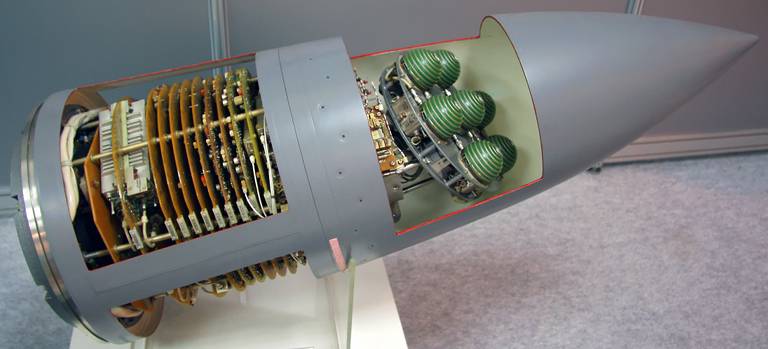
In recent years, it has been repeatedly reported on the development of the next project of the family called X-31PM. It again replaces key units, due to which all the main parameters increase, including range and resistance to interference.
The upgraded Kh-31PD and Kh-31AD missiles entered service and went into production in the first half of the 31s. The current state of the Kh-XNUMXPM project is unknown. It cannot be ruled out that the assumptions of the domestic media correspond to reality, and this weapon has already reached, at least, to trial operation in the videoconferencing system. Perhaps the Ministry of Defense will clarify this issue.
Technical issues
The Kh-31P is made in a high elongation metal hull with a radio-transparent ogival fairing. The case is divided into three compartments for different purposes with various devices. A recognizable feature of all X-31 products are the large side air intakes of the propulsion engine. Wings and rudders are fixed on them. The total length of the product is 4,7 m with a span of 1,1 m. Weight - 600 kg.
The missile of the first modification is equipped with a passive RGSN PRGS-5VP or other systems with different operating ranges. Such seekers fully met the requirements of their time: they could detect existing radars of various types and direct a missile at them. Guidance continued even when the station was turned off or when the enemy used interference. The QUO of the rocket does not exceed 5-8 m.
The X-31P product is equipped with a high-explosive warhead. The charge weighs 87 kg, which fully compensates for possible deviations and ensures reliable destruction of any radio-electronic systems. An improved warhead with a non-contact detonation sensor was also developed - the missile with it received the Kh-31PK index.
All Kh-31 missiles receive a 31DPK ramjet engine running on liquid fuel. It is launched while flying at a speed of at least 650 km / h and accelerates the rocket to speeds of the order of 600-700 m / s (more than 2M). The range of the base Kh-31P reached 110 km. It is curious that due to the high flight speed, serial rockets are not painted: the oncoming flow will tear off any coating.
Kh-31P and its modifications can be used with standard beam holders and with a wide range of carrier aircraft. It can be carried and used by all current front-line aircraft of the Russian Aerospace Forces. So, in a recent video from the Ministry of Defense, an anti-radar missile is suspended on a Su-35S fighter.
The upgraded Kh-31PD missile features an enlarged body, due to which its length exceeded 5,3 m, and its weight reached 715 kg. Additional volumes were used to accommodate 110-kg warheads and an enlarged fuel tank. Flight range increased to 250 km. Combat qualities have been increased with the help of a new passive seeker and an inertial navigation system.
The technical details of the latest X-31PM project at the moment have not been officially disclosed. It is assumed that this rocket is made in an elongated body of the previous modification. According to various sources, it uses a new broadband seeker with advanced capabilities to search for radiating targets. The range of the missile reaches 260-300 km.
Leading in its class
The X-31P anti-radar aviation missile was put into service in the late eighties and later became the main domestic weapon in its class. In addition, new modifications have been developed with improved flight performance and improved combat capabilities. Not so long ago, another version of such a product appeared, again favorably differing from its predecessors.
Previously, the X-31 family of missiles were used only in exercises, but a few weeks ago, real targets were found for them. In the current Special Operation, Kh-31P/PD/PM products are actively used by Russian front-line aviation to destroy various emitting targets. Together with other modern weapons, these products have already caused fatal damage to Ukrainian air defense and other structures.
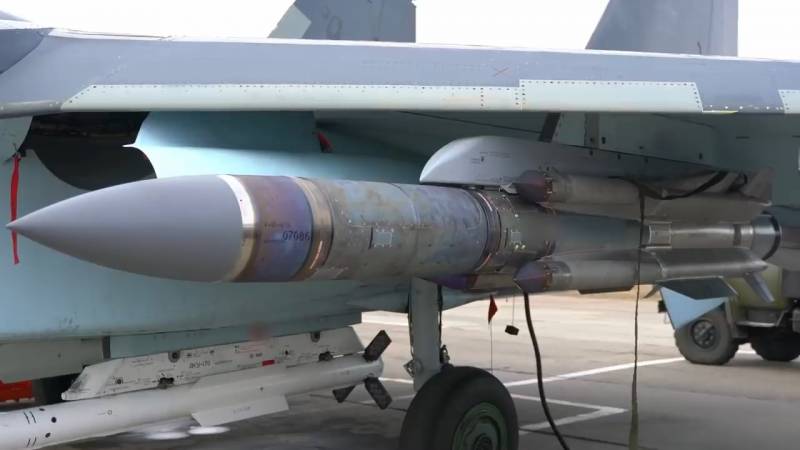
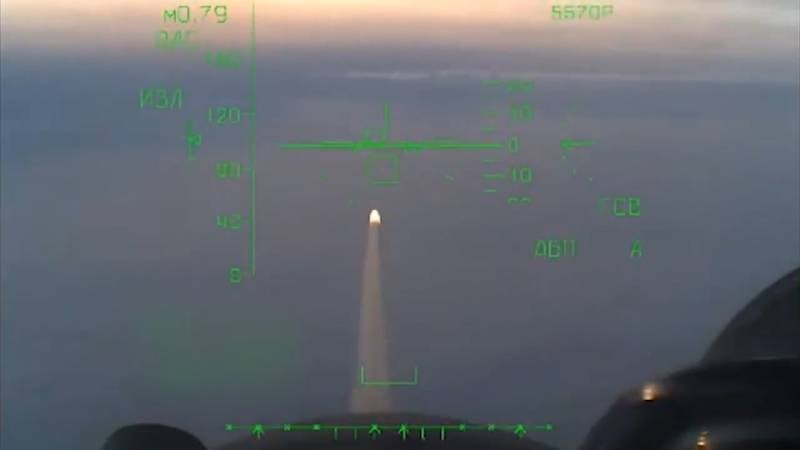
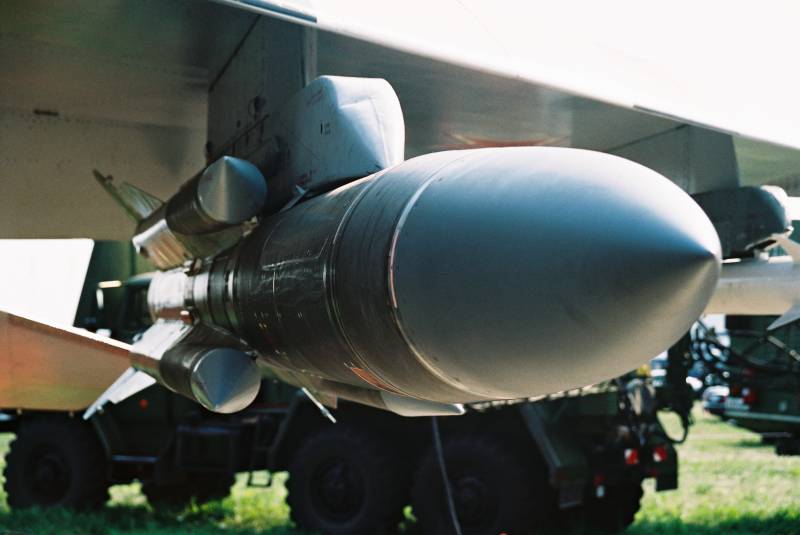
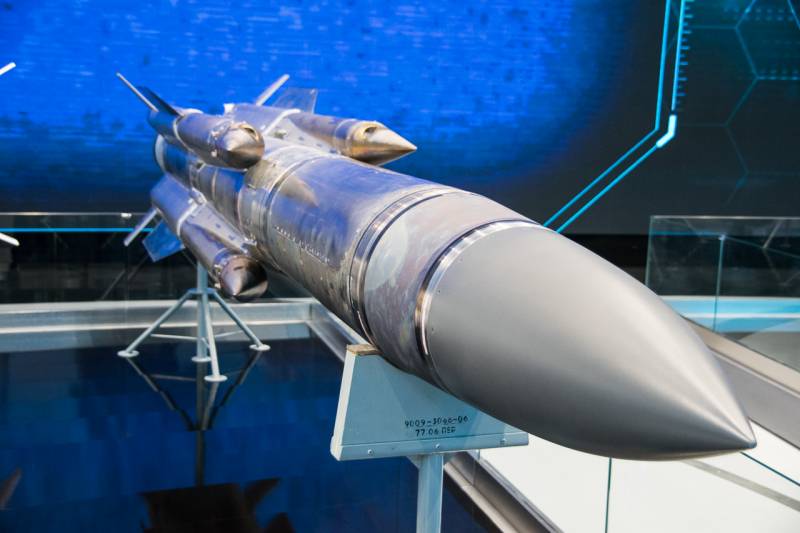
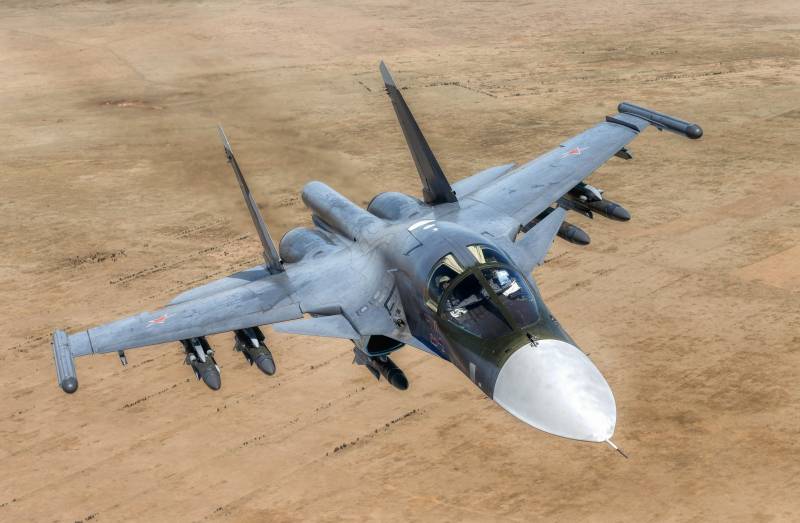
Information